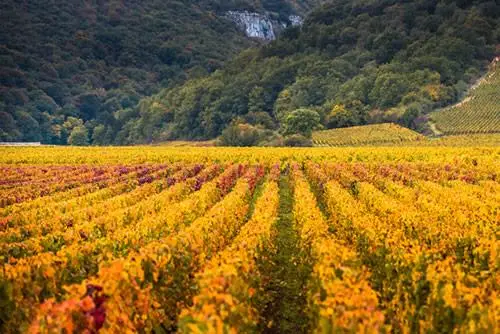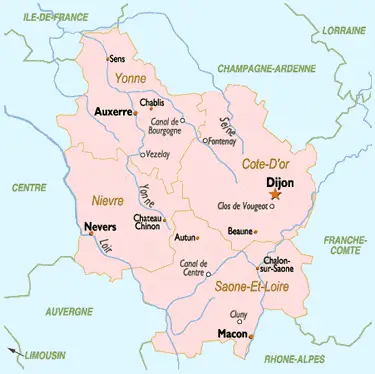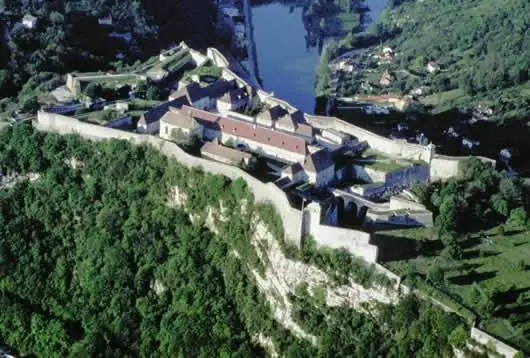The Bourgogne-Franche-Comté Region
Two Historic Regions in France
Welcome to Bourgogne-Franche-Comté! This region is located in eastern France, bordering Switzerland to the east. It was created in 2016 when the regions of Burgundy and Franche-Comté were merged. The region is known for its picturesque countryside, charming villages, rich history, and delicious food and wine.
Burgundy – The Wine Capital of France
Burgundy, France Burgundy is one of the most famous wine regions in the world. It is located in the eastern part of France, southeast of Paris. The region is known for producing some of the world’s best Pinot Noir and Chardonnay wines.
Burgundy has a long and fascinating history. It was once the site of powerful duchies, grand castles, and important abbeys. Visitors can explore the region’s rich heritage by visiting historic sites such as the Hospices de Beaune, a former hospital that dates back to the 15th century and is now a museum, or the Château de Châteauneuf-en-Auxois, a medieval castle that offers panoramic views of the surrounding countryside.

Burgundy is also a food lover’s paradise. The region is known for its classic French dishes such as boeuf bourguignon, escargots, and coq au vin. The local cheeses, such as Epoisses and Chaource, are also renowned.

We offer a variety of day tours to Burgundy from Paris, including wine tasting tours, sightseeing tours, and overnight trips.
Dijon, France
Dijon is the capital city of the Burgundy region and is known for its charming old town, beautiful churches, and excellent food. Visitors can explore historic sites such as the Palace of the Dukes of Burgundy, a former residence of the dukes that dates back to the 14th century, and the Notre-Dame de Dijon, a Gothic cathedral that features intricate carvings and stained glass windows.
A view of Dijon’s rooftops from the top of Notre Dame cathedral. A view of Dijon’s rooftops from the top of Notre Dame cathedral. Dijon is also famous for its mustard, which has been produced in the city since the 18th century. Visitors can learn about the history of mustard and taste a variety of flavors at the Maille Mustard Shop.
We offer a day tour to Dijon from Paris, which includes a visit to the city’s highlights and a wine tasting at a local vineyard.
Visit the website of the tourist office of Dijon for more information.
Dijon – Places to See
- Palais des Ducs et des Etats de Bourgogne
- Saint-Benigne Cathedral and its 11th-century crypt
- Dijon’s museums (free admission)
- The Burgundy vineyard and its wine-tasting cellars
- The covered market and surrounding cobblestone streets
Visit the website of the tourist office of Burgundy for more information about this beautiful region of France.
Besançon and the Franche-Comte region
Franche-Comté, France Franche-Comté is located in the eastern part of France, bordering Switzerland. It is known for its beautiful countryside, including the Jura Mountains, as well as its delicious cheeses such as Comté and Mont d’Or.

The river Doubs in the Franche-Comté region of France. The river Doubs in the Franche-Comté region of France. Visitors can explore the region’s rich history by visiting historic sites such as the Royal Saltworks at Arc-et-Senans, a UNESCO World Heritage Site that was built in the 18th century to produce salt.
One of the region’s most charming cities is Besançon, known for its beautiful old town and impressive citadel. The city is also home to the Museum of Fine Arts and Archaeology and the Astronomical Clock, one of the oldest and most complex clocks in the world.
Visit the website of the tourist office of Besançon for more information.
Contact us to book a perfect France vacation.